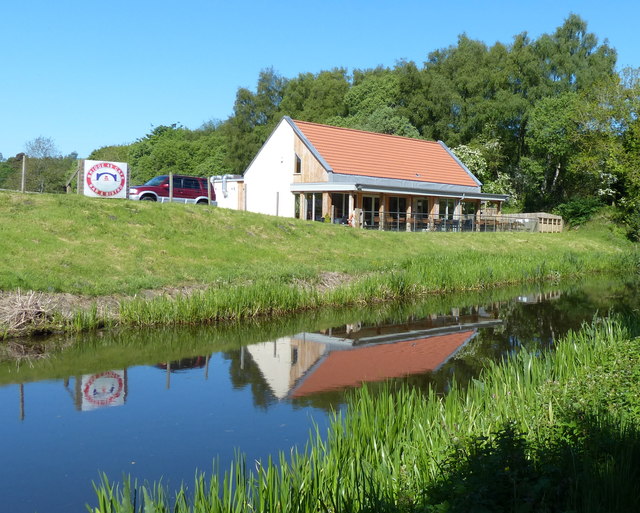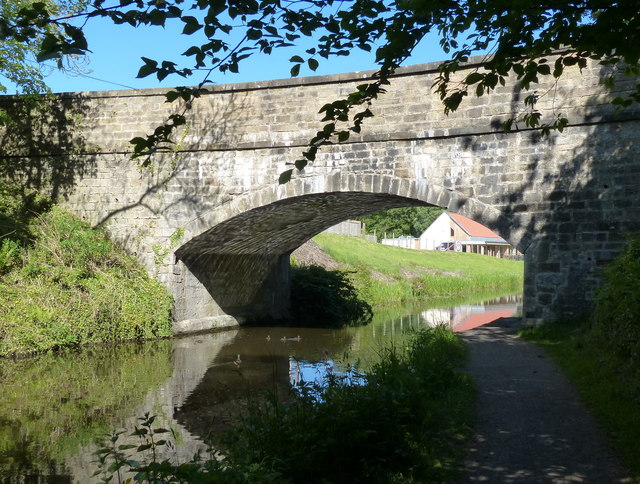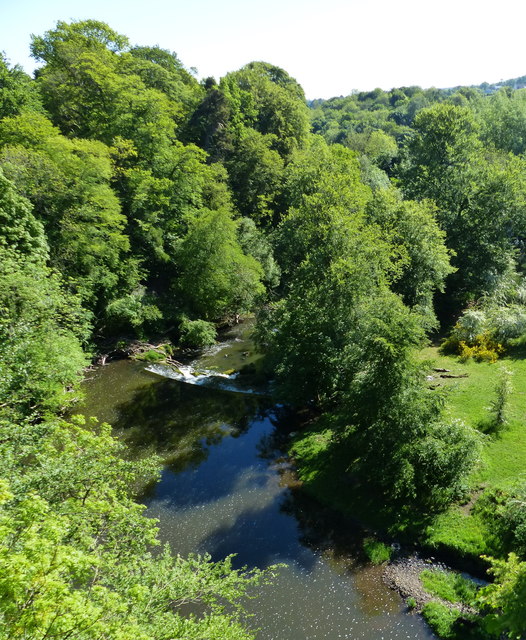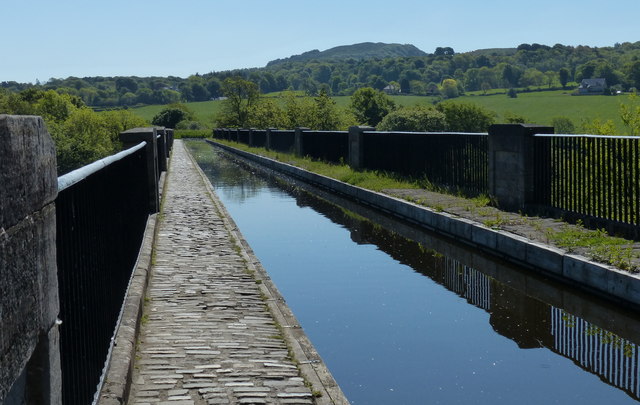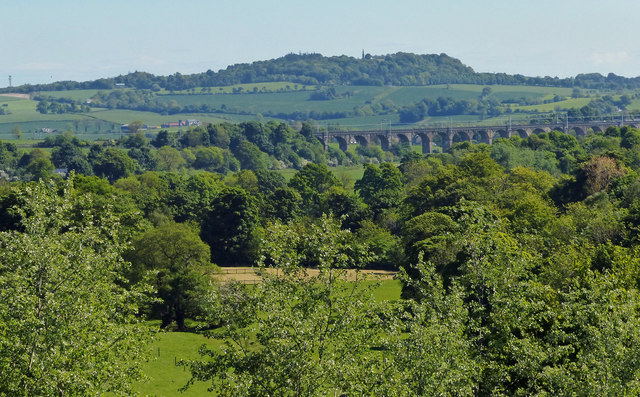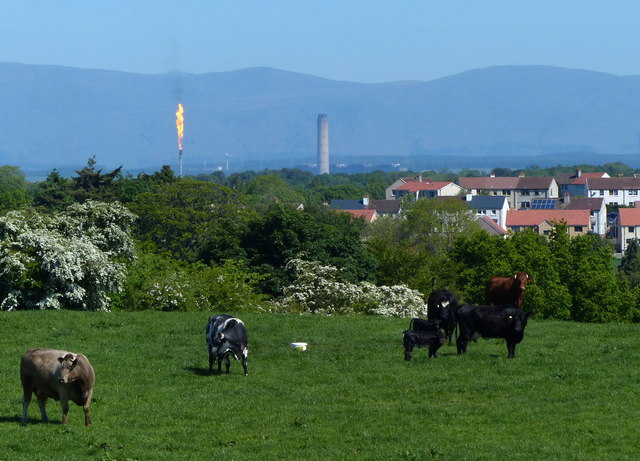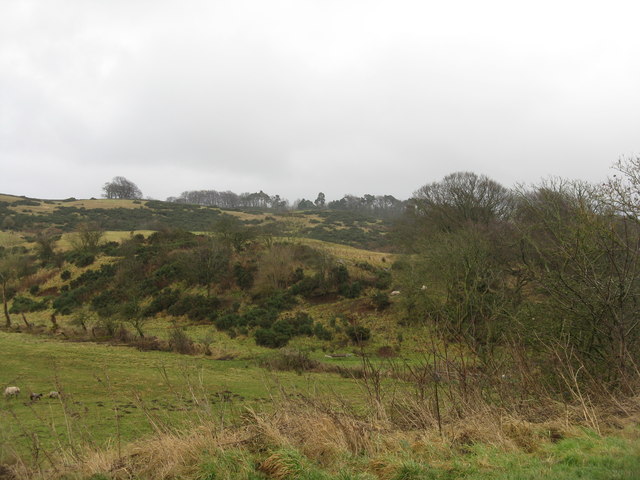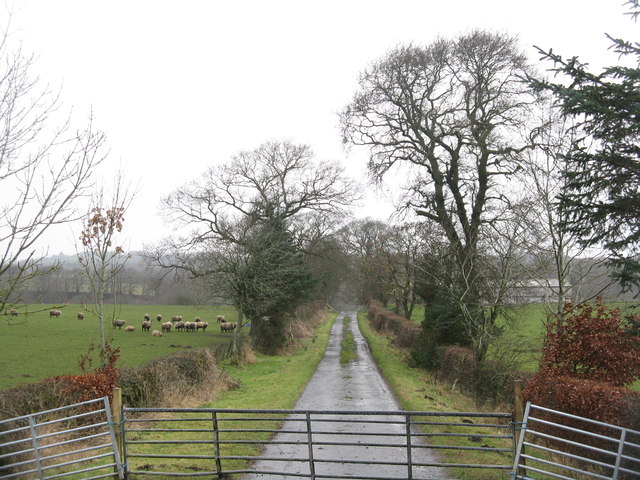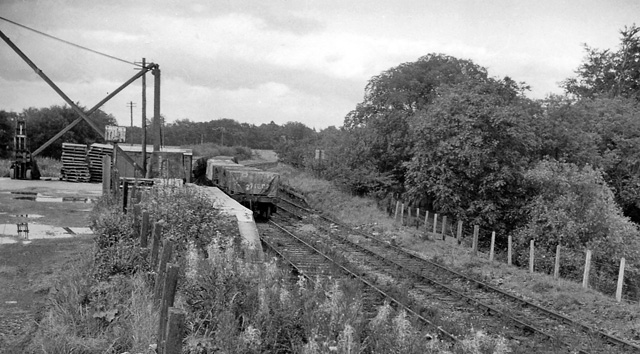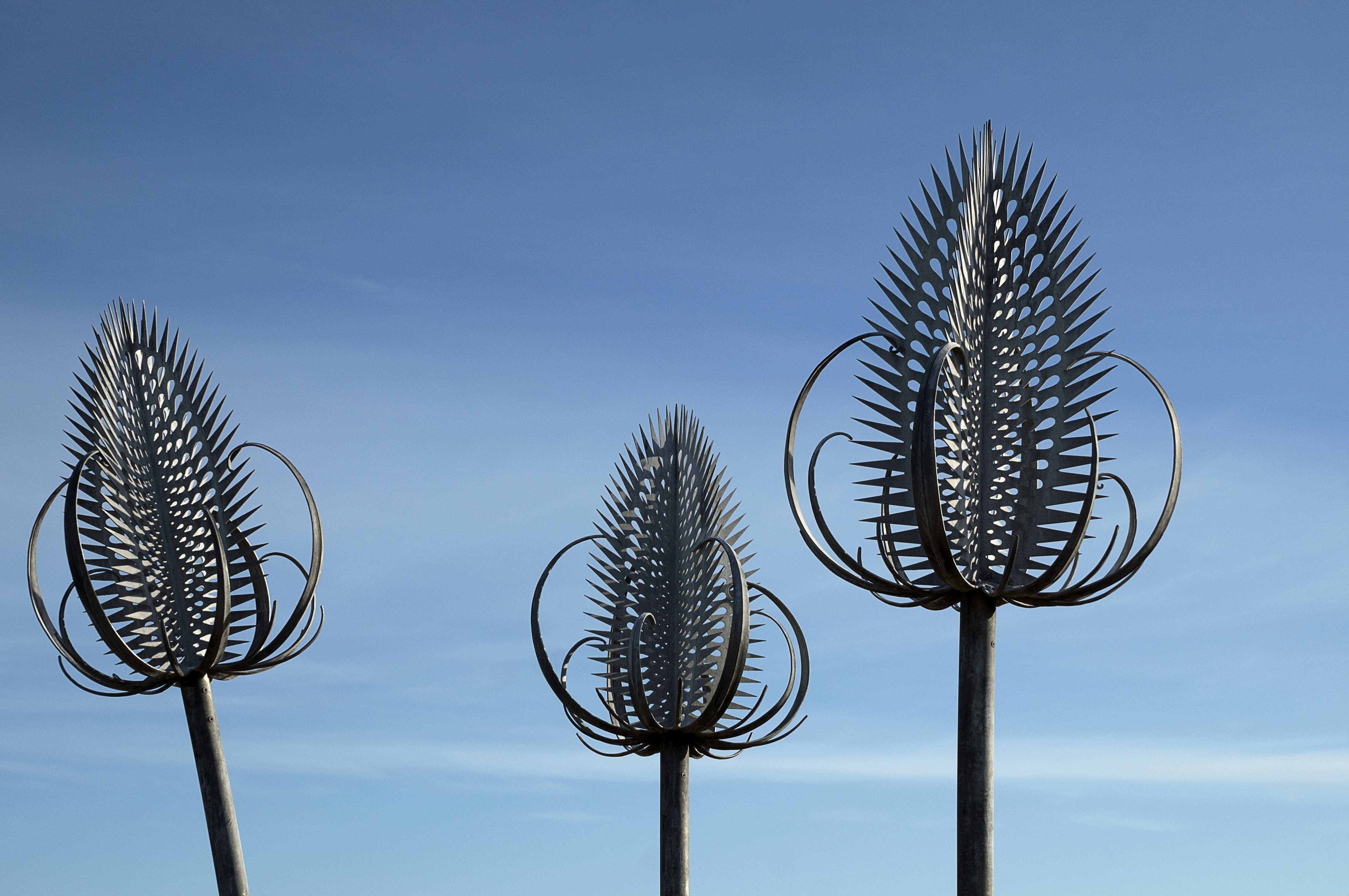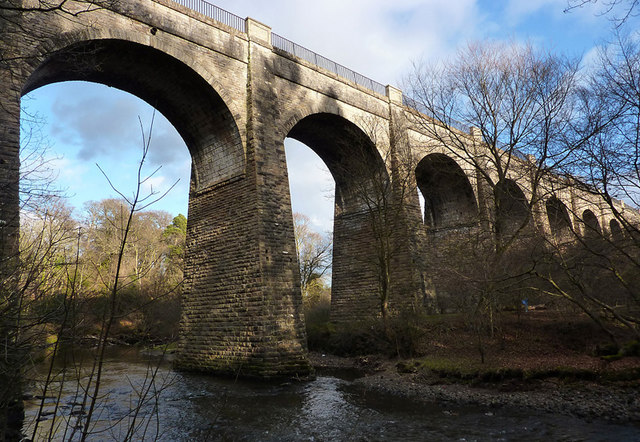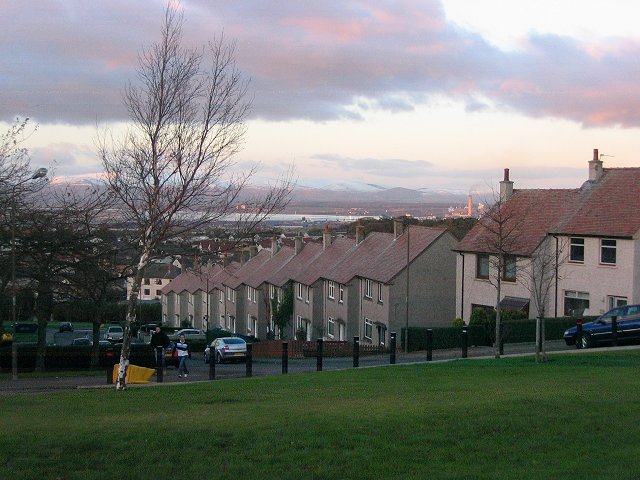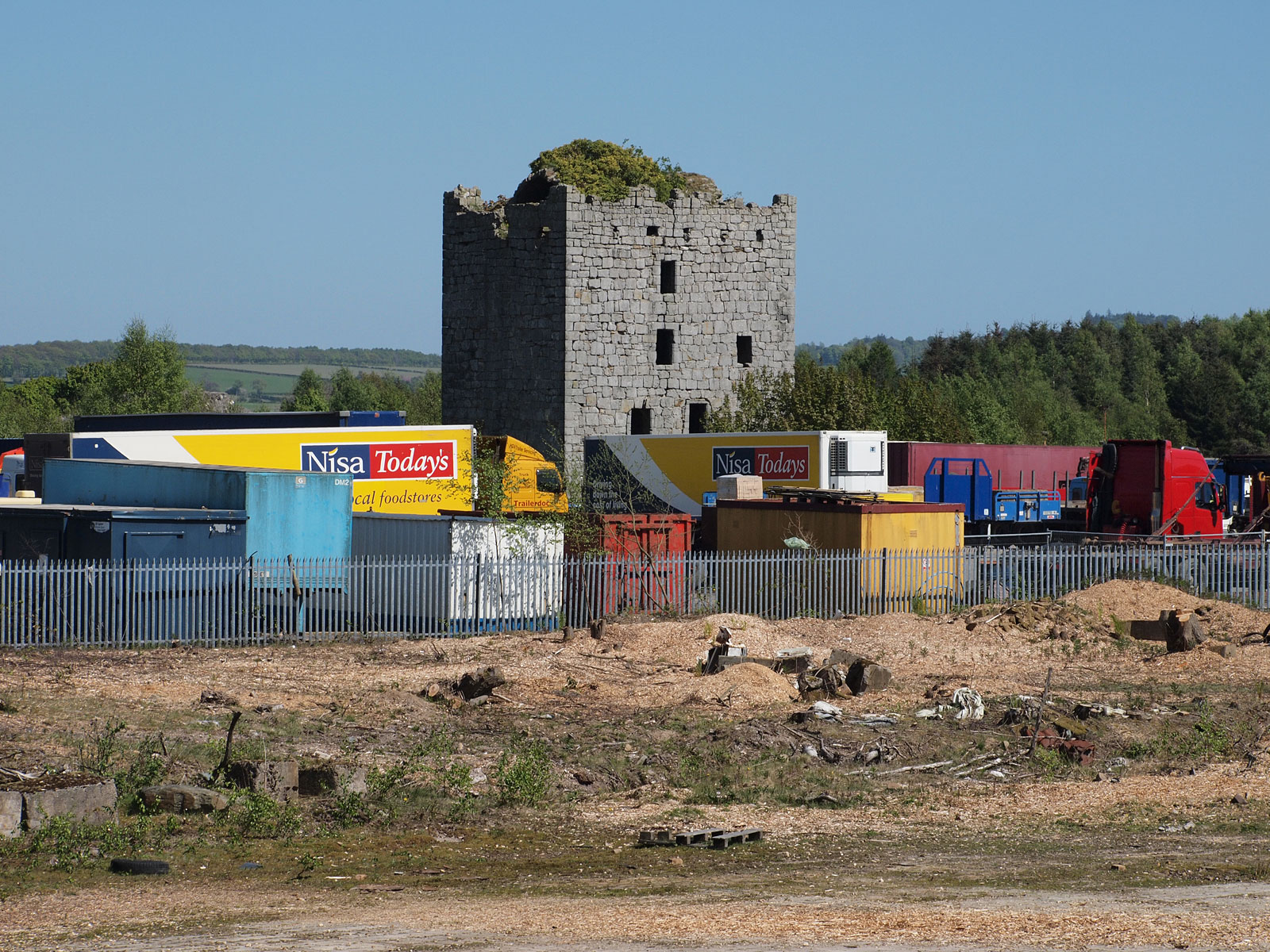Loan
Settlement in Stirlingshire
Scotland
Loan
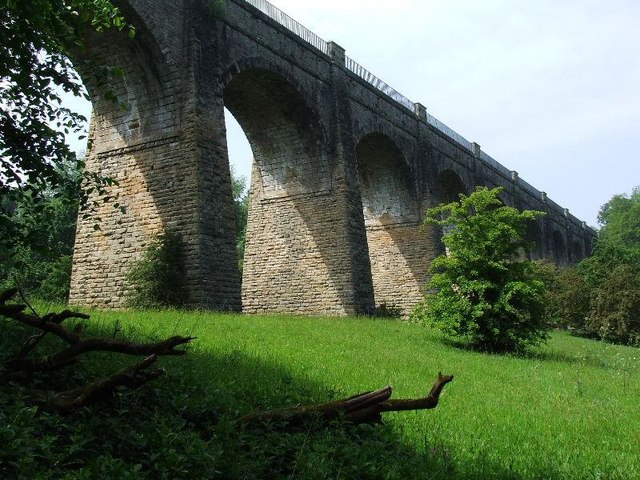
Loan is a small village located in the Stirlingshire region of Scotland. Situated approximately 10 miles northeast of Stirling, the village lies on the southern slopes of the Ochil Hills, offering picturesque views of the surrounding countryside. With a population of around 500 residents, Loan maintains a close-knit community atmosphere.
The village is primarily residential, with a mix of traditional stone-built cottages and more modern housing developments. Loan benefits from its proximity to nearby towns, such as Alva and Tillicoultry, where residents can find a range of amenities, including shops, schools, and healthcare facilities.
One of the main attractions in Loan is the scenic Dollar Glen, a deep gorge located to the east of the village. This natural wonder offers beautiful woodland walks, with a series of waterfalls and rock formations adding to the area's charm. The glen is a popular destination for locals and visitors alike, providing opportunities for outdoor activities such as hiking and birdwatching.
Loan also boasts easy access to the Ochil Hills, providing ample opportunities for outdoor enthusiasts to explore the surrounding nature. The hills offer various walking and cycling routes, allowing visitors to enjoy the stunning panoramic views across the region.
Overall, Loan, Stirlingshire offers a tranquil and picturesque setting, ideal for those seeking a peaceful village lifestyle with easy access to both natural beauty and nearby amenities.
If you have any feedback on the listing, please let us know in the comments section below.
Loan Images
Images are sourced within 2km of 55.963358/-3.67786 or Grid Reference NS9575. Thanks to Geograph Open Source API. All images are credited.
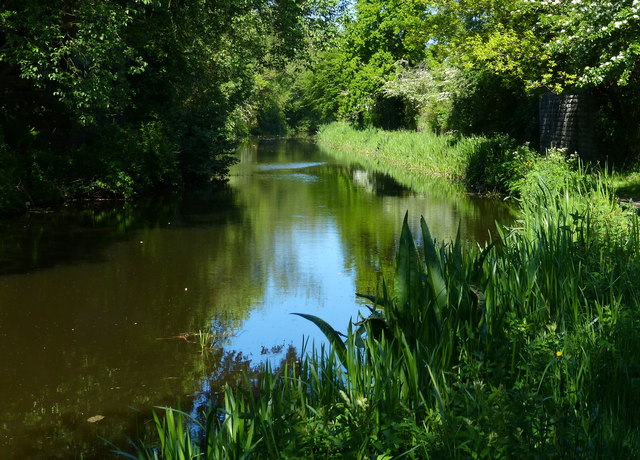
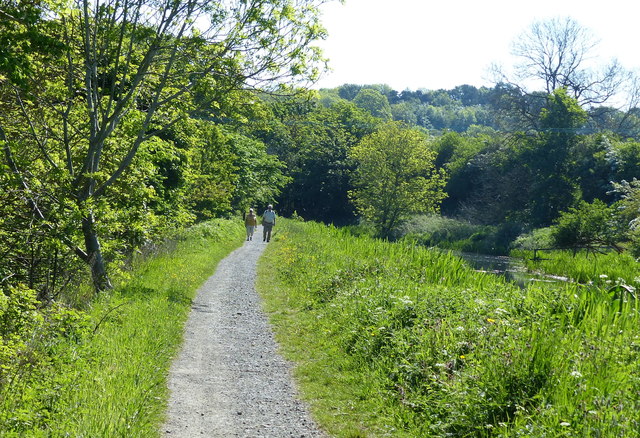
Loan is located at Grid Ref: NS9575 (Lat: 55.963358, Lng: -3.67786)
Unitary Authority: Falkirk
Police Authority: Forth Valley
What 3 Words
///fortunate.city.starts. Near Maddiston, Falkirk
Nearby Locations
Related Wikis
Bowhouse railway station
Bowhouse railway station served the suburb of Bowhouse, Falkirk, Scotland, from the 1840s to 1964 on the Slamannan Railway. == History == The station was...
Muiravonside Country Park
Muiravonside Country Park is 170 acres of woodland and parkland open to the public all year round with marked trails, picnic sites and a play area. It...
Avon Aqueduct
The Avon Aqueduct is a navigable aqueduct that carries the Union Canal over the River Avon, near Linlithgow, Scotland. == History == The aqueduct was built...
Maddiston
Maddiston is a village in the Falkirk council area of Scotland. It lies 3.8 miles (6.1 km) west-southwest of Linlithgow, 1.3 miles (2.1 km) south of Polmont...
Almond Castle
Almond Castle is a ruined L-plan castle dating from the 15th century. It is located 3 miles (4.8 km) west of Linlithgow, and north of the Union Canal,...
Whitecross, Falkirk
Whitecross is a small village within the Falkirk council area, close to the boundary of West Lothian council in Scotland. It lies 2.0 miles (3.2 km) west...
Bo'ness Junction rail crash
Bo'ness Junction rail crash occurred at Bo'ness Junction in Falkirk.The junction lies on the Edinburgh and Glasgow Railway between Falkirk and Linlithgow...
Manuel Junction
Manuel Junction is a railway junction near the village of Whitecross, Falkirk, Scotland. It is the terminus of the Bo'ness and Kinneil Railway (operated...
Nearby Amenities
Located within 500m of 55.963358,-3.67786Have you been to Loan?
Leave your review of Loan below (or comments, questions and feedback).






